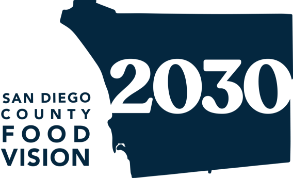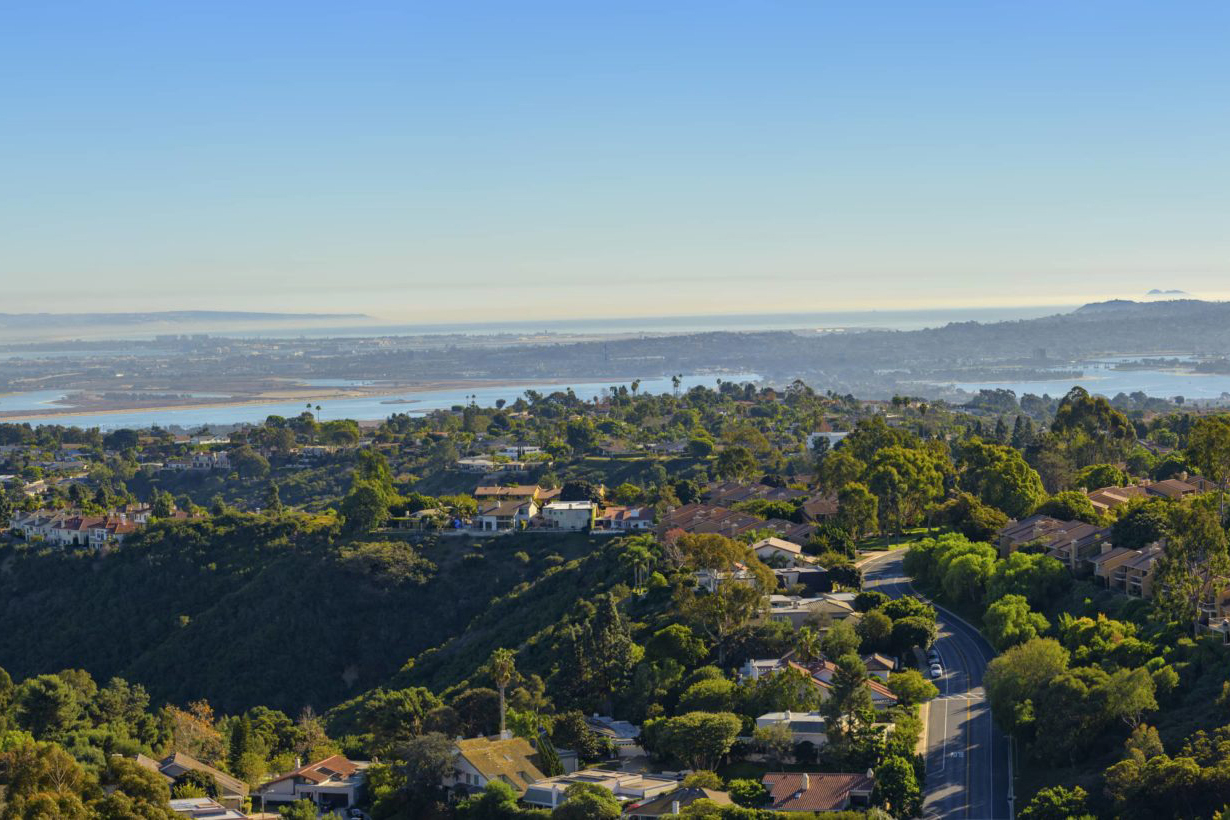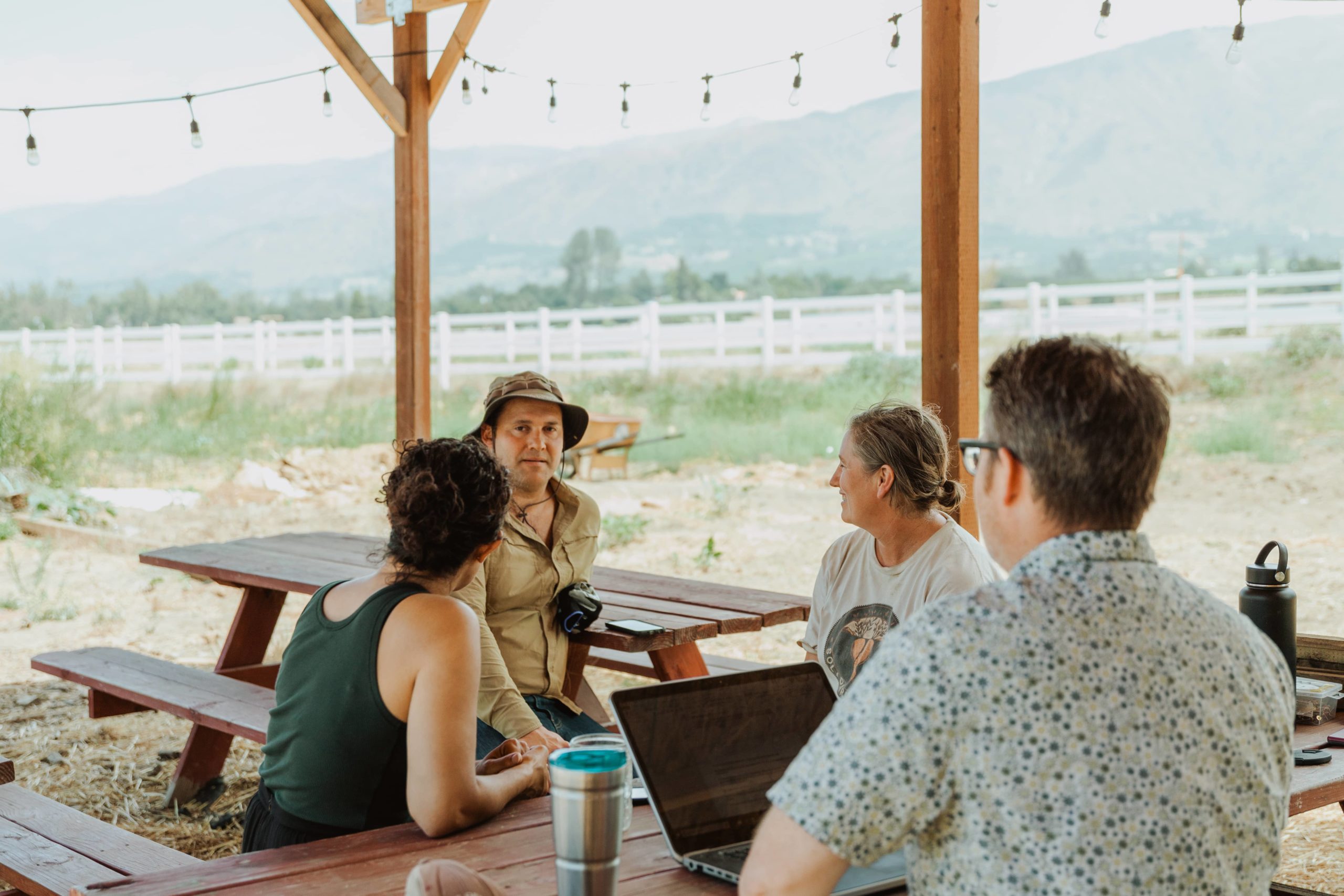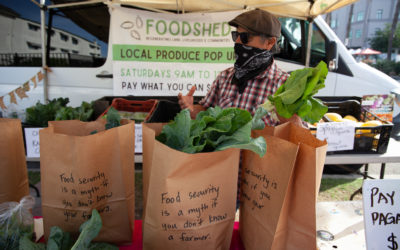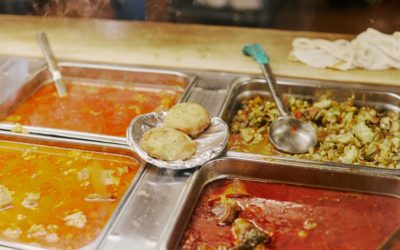Becoming a subscriber to Foodshed’s Fresh 5 program—a weekly distribution of fresh, seasonal produce, grown by the small farmers who make up the Foodshed cooperative—means you’re in for two surprises with every delivery. One is the produce itself: an ever-changing...
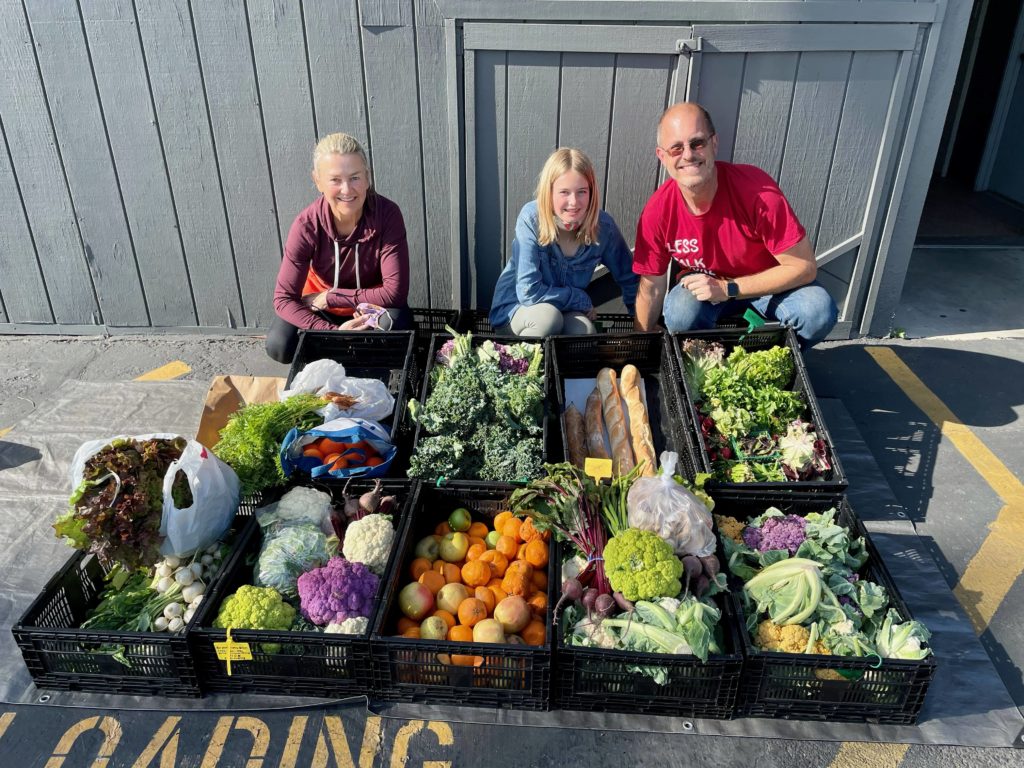
ProduceGood
“San Diego county is rich with fresh produce that belongs in the food system, not the landfill,” said Nita Kurmins Gilson, Co-Executive Director and Co-founder of ProduceGood, a nonprofit that reduces food waste in the region by gleaning fresh fruits and vegetables from small farms, farmers markets, and backyards and distributing the bounty to local feeding organizations. “San Diego is also full of individuals who want to participate in the reduction of food waste and hunger through their time, trees and talent.”
San Diego County is in a unique position to support and fully utilize gleaning opportunities because of its long history of agriculture, perfect climate and long growing season. The intermingling of orchards and suburbs allows for integrated solutions to simultaneously reduce food insecurity and food waste. “Because the majority of citrus trees are on private land in San Diego, this is a previously untapped source of nutritious produce that, in the past, has been overlooked,” Gilson explained. “We are doing what nobody has done before in San Diego on a scale that nobody can believe. In 2020, we operated 492 gleaning events and diverted 244,000 pounds of fruits and vegetables that would otherwise have gone to landfill. We provided over 730,000 servings of fresh, edible produce to the food-insecure of San Diego, from a source that has never been tapped.”
As a mobile organization with low overhead and a virtual infrastructure, ProduceGood is focused on keeping their carbon footprint as low as possible, while reducing wasted food and hunger. To this end, the community-based organization coordinates between hundreds of local volunteers and growers who upcycle thousands of pounds of unwanted produce to feed hungry people. Maintaining this intricate network of growers, volunteers and feeding organizations is no easy task.
“Overall growers are conservative, older people, and our volunteers are all progressives. The one thing that binds a lot of people is that they cannot stand waste,” Gilson explained. “We are part of a solution to a larger problem. The current food system is inefficient and inequitable. We are solving for the tactical portion (actually getting food from excess to need), but in order for there to be real change, the underlying factors of systemic inequality must be addressed at the same time, by many different stakeholders. All the parts need to work together.”
ProduceGood has rerouted truckloads of produce from the dump to those in need and they are committed to having an even greater impact in years to come. “In ten years, we hope to scale our organizations by partnering with cities throughout the county. We would love to see our Food Waste Prevention curriculum being provided to all children six to ten-years-old to increase household awareness. If we could make some sort of legacy fund, then we could ensure that ProduceGood would always exist. We’d also love to see a ‘Save the Food’ campaign. Why isn’t that a campaign already?” she asked. These dreams all lead to one ultimate goal: For food waste reduction and upcycling to become as natural and ubiquitous as recycling is today.
